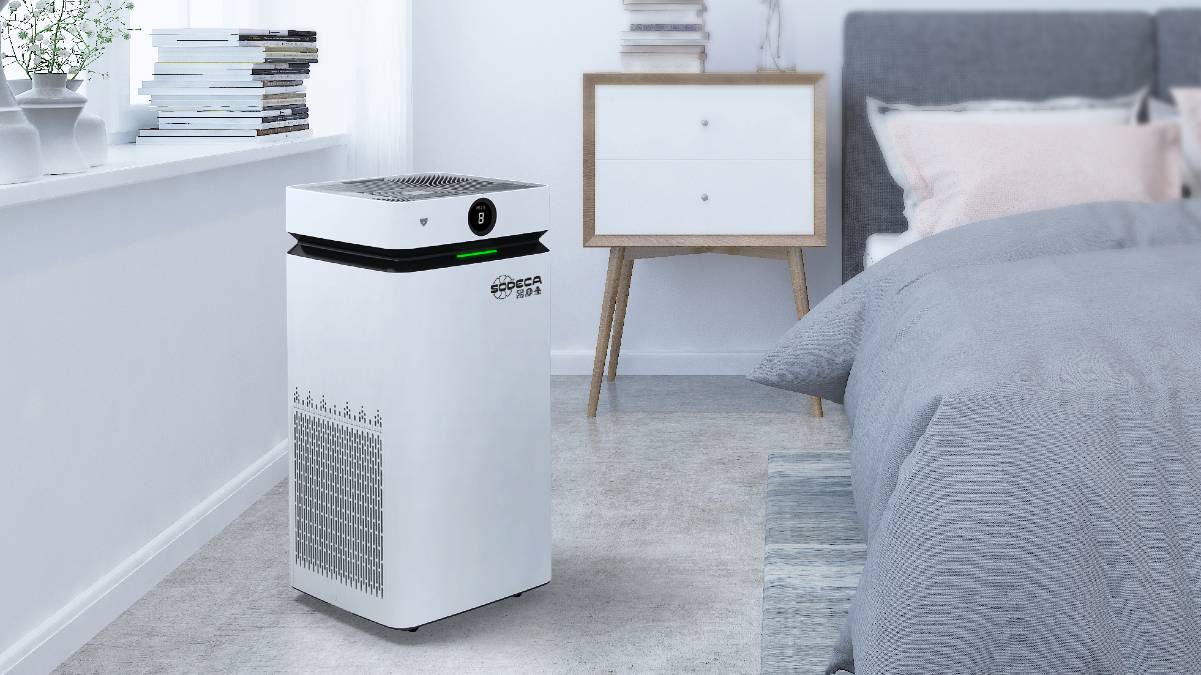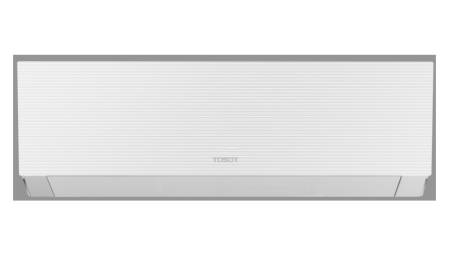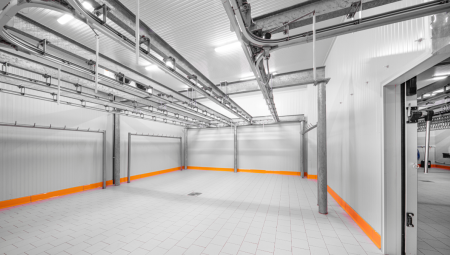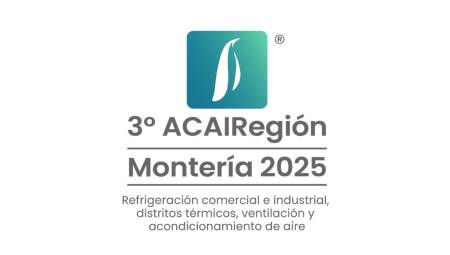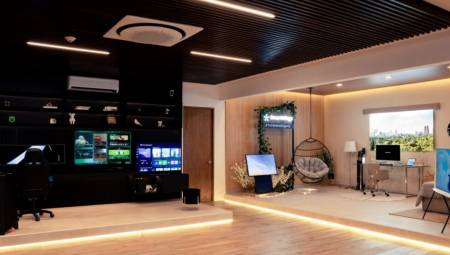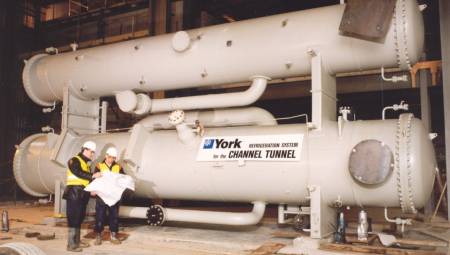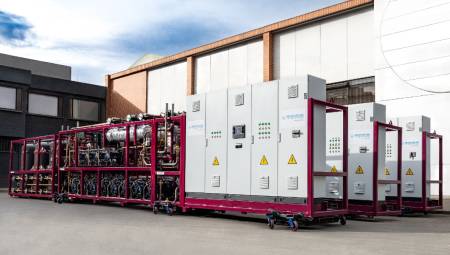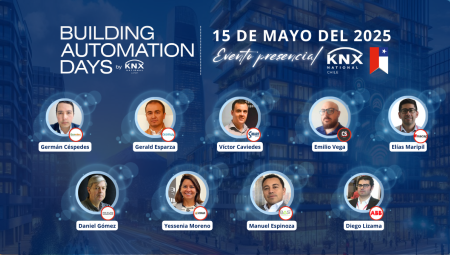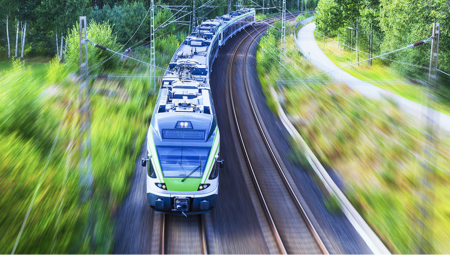We have developed a practical guide of recommendations that ensure safe environments and applicable to different areas.
by Carlos Martínez*
The enclosed spaces of the leisure and catering sector require adequate ventilation and air quality conditions to offer security to their customers, but going beyond the ventilation concept. A substantial part depends on filtering, disinfecting and purifying the air properly, although not only this.
To this end, we have developed a practical guide of recommendations that ensure safe environments and applicable to different areas:
1. Practice responsible optimism
At the end of August or the beginning of September 2021, 70% of the Spanish and European population has received the complete vaccination schedule against COVID-19. However, herd immunity has not yet been achieved and the data are worse than those recorded the previous year on those same dates. To give an example, on August 31, 2020, 58 people died in Spain from COVID-19. On the same day, in the year 2021, 194 people have died.
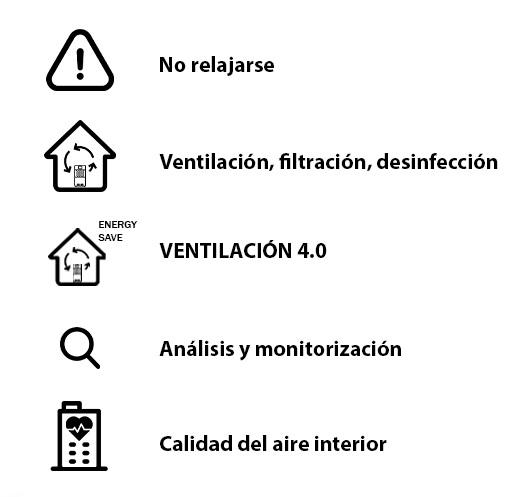
Vaccines are managing to prevent most of the deaths and hospitalizations associated with the pandemic, but they do not prevent certain individuals from getting infected and being able to spread COVID-19. People belonging to the risk groups: elderly, immunosuppressed, diabetic, with serious or unvaccinated diseases continue to have a very high risk of being infected and having severe complications. In addition, children under 12 years of age are not yet vaccinated, so their chances of getting infected and infecting are very high if the appropriate means are not put in place.
Thus, although it is important to enjoy the progress that is being made, it should not be forgotten that SARS-CoV-2, the virus responsible for the COVID-19 pandemic, is still there and still harmful. Therefore, as a corporate social responsibility, bars and restaurants, as well as businesses in general, must be optimistic, but always responsible.
2. Do not fight in the year 2021 with weapons of the year 2019
When the pandemic fell on the world at the end of 2019, what was possible was done with the information we had at that time. Hospitals were on the verge of collapse and health authorities did not agree on the measures to be taken to stop the spread of the virus.
At first, direct contact and contact with surfaces were pointed out as the main mechanism of contagion of COVID-19. Specific cleaning protocols were developed with authorized viricidal products, the importance of hand washing was emphasized, and large quantities of hydroalcoholic gel were purchased, sold and distributed.
Hospitality companies, schools, office buildings, residences, gyms and a long etcetera prepared for the return to activity of a frightened and confused society after long months of confinement.
Many of these companies established anti-COVID protocols, developed by large certifying companies that ensured that, applying the established guidelines, indoor environments would become "safe spaces". These protocols were (and are) based primarily on disinfecting surfaces and physical elements, wearing masks, and maintaining social distancing.
Almost two years after the onset of COVID-19, we know the disease much better. We know what is its mechanism of entry into the body, the factors that favor its reproduction and, above all, its main routes of transmission.
We now know that the virus is transmitted mainly due to aerosols that can remain suspended in indoor air in enclosed spaces for long periods of time. It is, therefore, a mechanism very similar to that presented by the common cold and influenza. Transmission can also occur by direct contact, but in a much smaller percentage than airborne transmission.
Despite the fact that this knowledge is already established in society, the vast majority of businesses continue to maintain outdated cleaning programs and "safe space" stickers granted by certification companies whose protocols are outdated, given the current situation. Of course, cleaning and disinfecting surfaces should be a priority today and always, but the focus of businesses and consumers should be on ventilation and the complete treatment of indoor air.
The battle of the year 2021 and onwards will be fought in the air, so it must be fought with ventilation, filtration and disinfection and not so much with hydroalcoholic gel, disinfectant carpets and chemicals.
3. Natural ventilation is not the solution
In September 2020, when all the scientific data already pointed to aerosols as the main means of transmission of COVID-19, the Spanish Ministry of Health declared natural ventilation as a preferred option to deal with the pandemic. The goal was to constantly renew the air inside the buildings, replacing the polluted air with fresh air from inside. But at what cost?
This statement provoked in society a false sense of security and the belief that natural air is the best for health. It was overlooked that, especially in large urban population centers, outdoor air can be equal to or more polluted than that present in indoor environments. External pollutants are different from indoor pollutants: nitrogen oxides, suspended particles of industrial origin and other chemical compounds associated with transport predominate. Daily contact with these pollutants can cause severe respiratory conditions, headaches and even reduce the lung and cognitive development of children.
In addition to the health problems associated with natural ventilation, the opening of windows with the aim of ventilating had a very severe impact on the energy efficiency of buildings and on the thermal comfort of users. The already historic images of children stuffed in coats and shivering while attending their classes should not be repeated, nor should that of customers of bars and restaurants on terraces despite the fact that the weather does not accompany. In addition, the constant increase in the price of electricity and natural gas highlights the need to bet on mechanical ventilation technologies that allow us to increase energy efficiency and save on the electricity bill.
The installation of heat recuperators must become the main tool to combat the pandemic, improve the air we breathe, increase energy efficiency and save at the end of the month. This equipment represents the latest evolution of traditional mechanical ventilation, a new ventilation 4.0. In addition to ventilating, filtering and disinfecting air indoors, these devices allow us to recover much of the heat generated inside buildings and use it to improve the heating process. In addition, it should be noted that its installation is mandatory in those buildings or spaces in which the air expelled to the outside is greater than 0.28 m3 / s (1,008 m3 / h), according to the latest modification of the Regulation of Thermal Installations of Buildings (RITE).
4. Find out and decide the best solution, not everything goes
When selecting a solution to treat the air inside a room, many factors must be taken into account: the concentration of contaminants inside, the microbiological risk factors, the capacity, the activity to be carried out, whether or not there is mechanical ventilation at present or for example if the premises are owned or rented. Only by knowing all these points is it possible to design an effective indoor air treatment strategy, which neither overestimates the danger nor falls short.
For this reason it is very important to trust companies and professionals who apply correct protocols when proposing specific treatment solutions.
• First of all, it is essential that a good monitoring of the space to be treated is carried out, in order to find out the concentration of the main pollutants present in indoor environments and associate these values with deficits present in the pre-existing air treatment systems (or the absence of these).
• Secondly, we must be wary of those devices that presume to be able to treat all contaminants based exclusively on one technology. Neither ventilation, hePA filters, nor UVc lamps can guarantee, separately, a complete indoor air treatment.
The treatment of indoor environments in premises and buildings must therefore be based on an analysis and monitoring of air quality quality and the proposal of specific, specialized and hybrid solutions that correctly combine ventilation, filtration and disinfection technologies.
5. The importance of the CAI goes beyond the pandemic
Poor indoor air quality (CAI) is linked to multiple health problems: from headaches, dry eyes and throat discomfort to lung and cardiovascular disease. It has also been unequivocally linked to the drop in performance. These problems already affected thousands of people who lived, worked or studied in buildings with deficient or non-existent air treatment systems before the arrival of the pandemic.
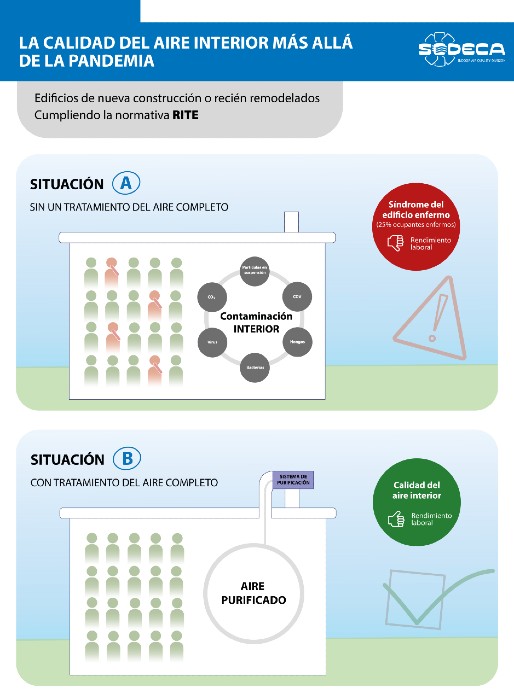
Thus, we find the existence of Sick Buildings and the health problems associated with these spaces, grouped under the term Sick Building Syndrome (SEE). These environments are those in which at least 25% of their occupants have diseases and symptoms associated with poor indoor air quality. These symptoms tend to occur more frequently in new construction or newly remodeled buildings.
Some materials such as silicone and certain plastics may be responsible for the emission of Volatile Organic Compounds (VOCs). This emission can last for months and even years and cause serious health problems if the ventilation and air treatment system has not been well designed. The Agbar Tower in Barcelona or the Telefónica building in Madrid are some of the buildings that have been related to the SEE in recent years.
Phenomena such as school absenteeism, sick leave, lack of concentration or low performance can have their origin, among other things, in poor indoor air quality. For this reason, indoor air treatment is just as important with or without the current pandemic and should be considered a top priority issue.
 * Carlos Martínez is a Technical Specialist of Indoor Air Quality - DIvisión IAQ of Sodeca.
* Carlos Martínez is a Technical Specialist of Indoor Air Quality - DIvisión IAQ of Sodeca.


